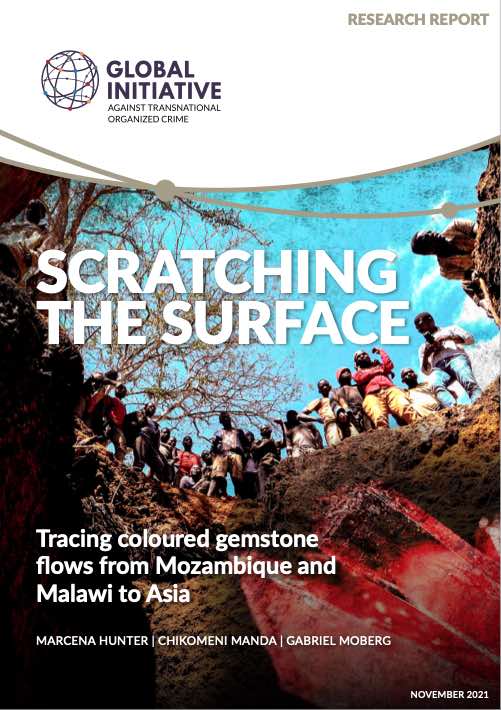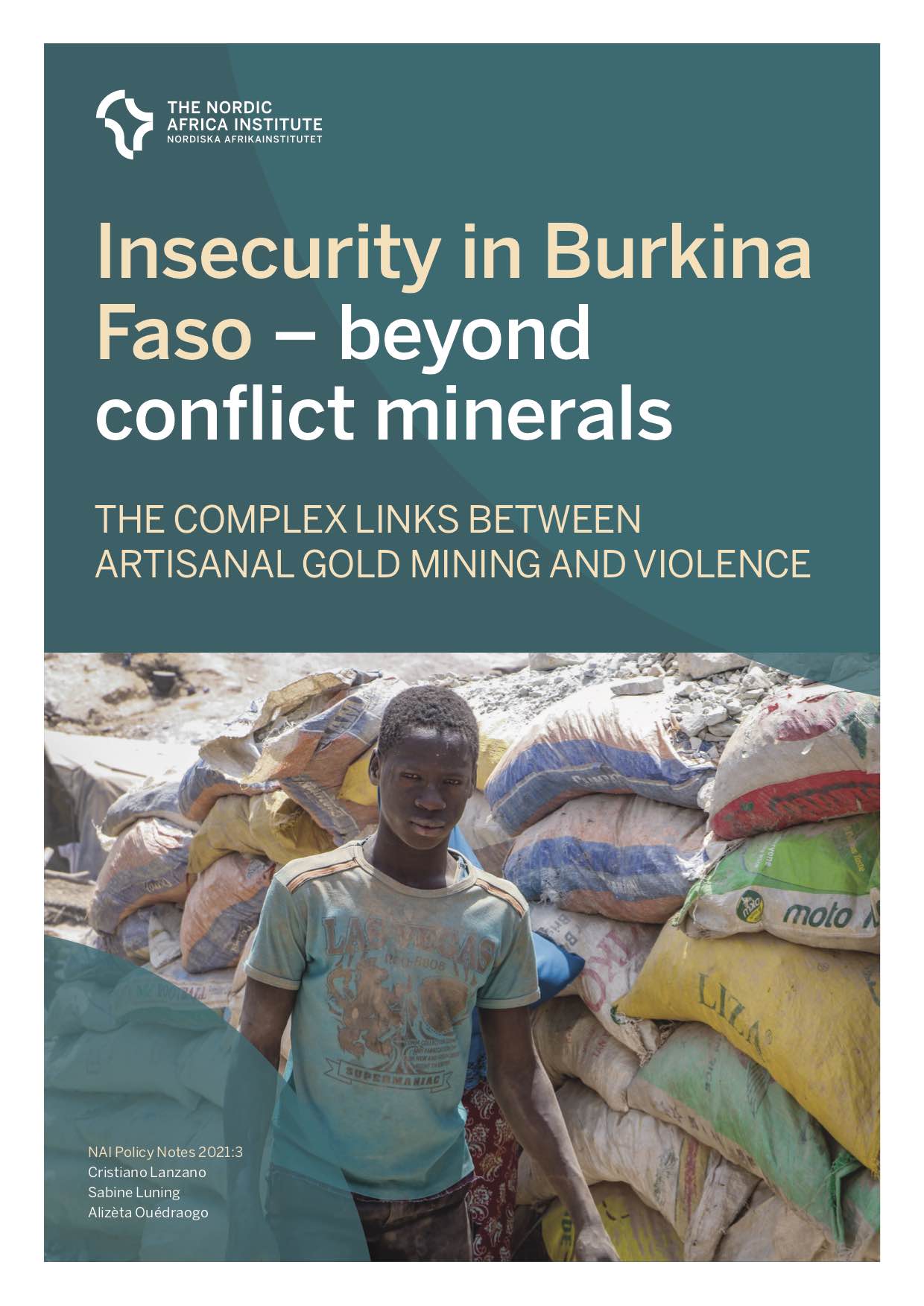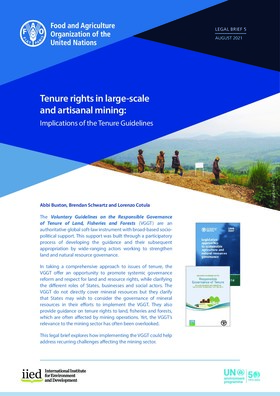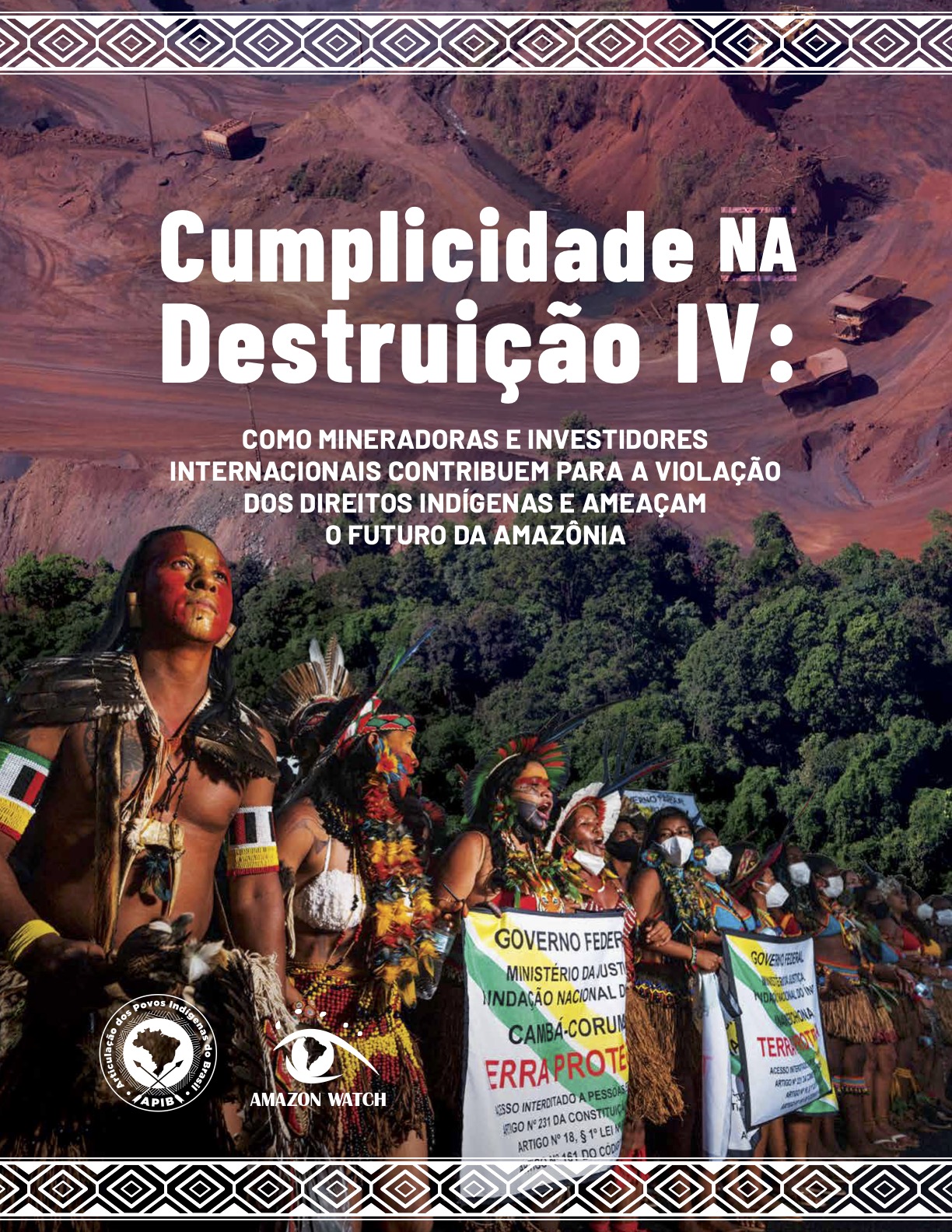Gender relations and inequalities in the Amazon: The potential of geospatial systems to address gender inequalities
In order for geospatial services to reach their full potential to benefit the people and the environment of the Amazon at multiple scales (regional, national, sub-national, community) by supporting communities in monitoring their territories and addressing the various challenges they face (such as deforestation, illegal mining, climate change, and biodiversity loss), it is important to have an inclusive vision that considers both the situation of local women and other actors in the region.






